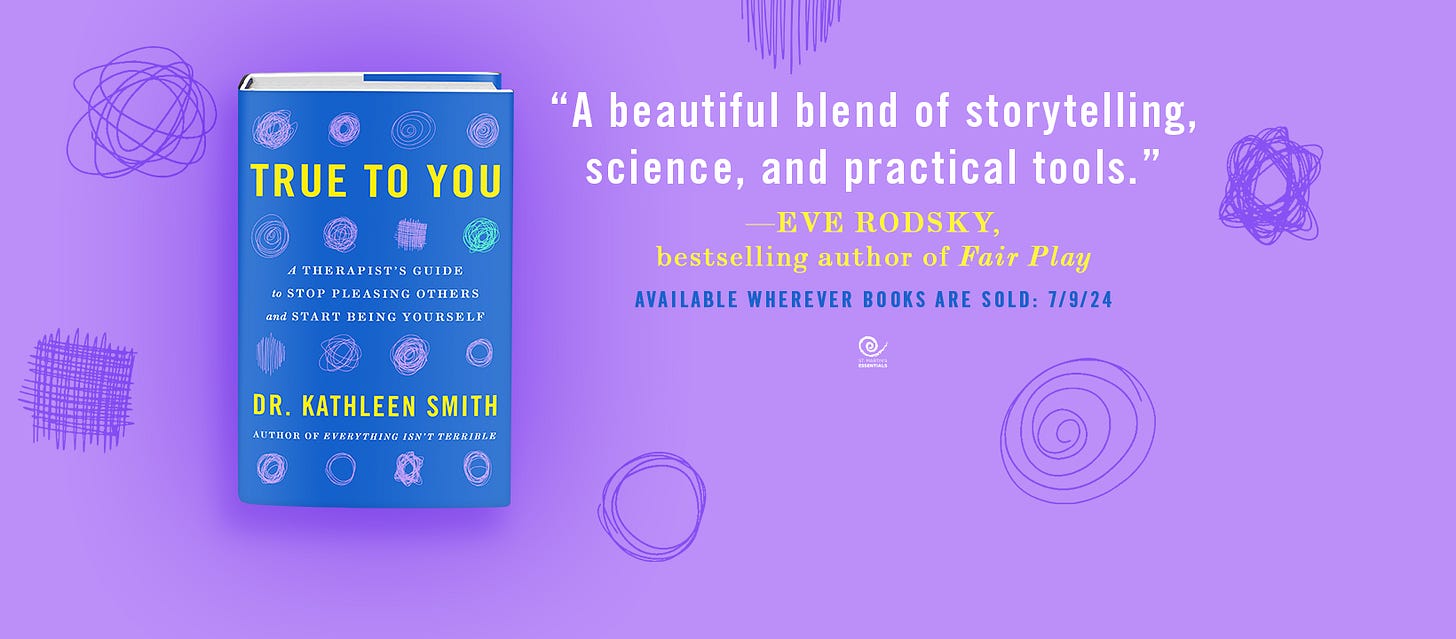I was in Canada a few weeks ago speaking at a conference. The only American in attendance, I found that people kept stopping me to ask, “Are you guys okay?”
I told them what I tell anyone. In anxious times, I always go back to the family.
Thinking about smaller systems helps me wrap my brain around the bigger challenges of the moment. Because I know what families do when the tension goes up. We tend to be focused on problems, personalities, and symptoms. And for good reason. People give us plenty of reasons to see them as the source of the problem or the key to things getting better.
When we are in fixing mode, we put pressure on the system to evolve in a narrow way. This usually involves one person functioning differently, or one particular relationship changing as soon as possible. And I don’t know about you, but I haven’t found an anxious focus to be good soil for something new.
Here’s a more interesting question: “How does a system gain the energy, flexibility, and creativity to tackle challenges?” It can feel like a privilege or luxury to ask such question in tense times. But it’s worth thinking about.
Living systems have a finite amount of energy. That energy can be directed toward meeting challenges and goals, or it can be directed toward managing tension. Both are important functions. But the more the energy is directed toward managing tension, the less there is to get stuff done.
A lot of blame, diagnosing, and fixing is more about managing tension than it is about solving problems. It’s how we get relatively comfortable in the uncertainty. But the path to getting comfortable is also the path to getting stuck.
There are many ways for you, and therefore the system, to function up. And when no one is the key to things getting better, you open up the space for anyone to start making some moves. It has been fascinating for me to observe how unexpected people in a system (basically anyone not identified as the problem or patient) can run with this idea.
What kinds of moves add flexibility to a system? Here are a few ideas:
You start learning about the factual and emotional history of the family or group, so that challenges don’t feel so unique/personal in the moment.
You work on contact with people you’d normal avoid (i.e. instead of only getting updates from others about them).
You start to let people represent their thinking, rather than assuming you know what they think.
You take the anxious focus off of improving one particular relationship and look for other places where you can grow yourself up.
You put more focus on how you relate to people, rather than how other people relate to each other.
You get clear with yourself about what beliefs and principles are worth holding onto in anxious times.
You allow a relationship to be something more than a place where someone always agree with you or always calms you down.
You let people try to be responsible for themselves in the way they think is best.
I’m not going to list fifty ideas here, because these are not instructions (and I’ve written well over fifty newsletters). So many moves can help us shift out of a “fixing” focus and get interested in our part. What those will be is up to you.
Families, organizations, and yes, even countries, are living systems. How do I hold these systems back by how I manage myself? It’s a sobering question, but it’s not about taking on the blame or saying, “I’m the problem. It’s me!”. It’s about taking up the work of evolution, of growing past what is very predictable.
It’s about recognizing that what we do with anxiety determines how free we are, and how free the system is, to do a new thing.
News from Kathleen
If you bought my book on Amazon, could you leave a review? I’m in need of some more so other folks can find it. Thanks!
Buy my new book, True to You! (If you didn’t get the preorder bonus workbook, just reply to this email letting me know where you bought the book, and I’m happy to email you one.)
Want to read more of my writing? Read my books or my newsletter archives. Paid subscribers an access the entire archive.
Email me if you want me to speak to your group or are interested in working with me. Follow me on Linkedin, Facebook, or Instagram.
Want to learn more about Bowen theory? Visit the Bowen Center’s website to learn more about their conferences and training programs.





